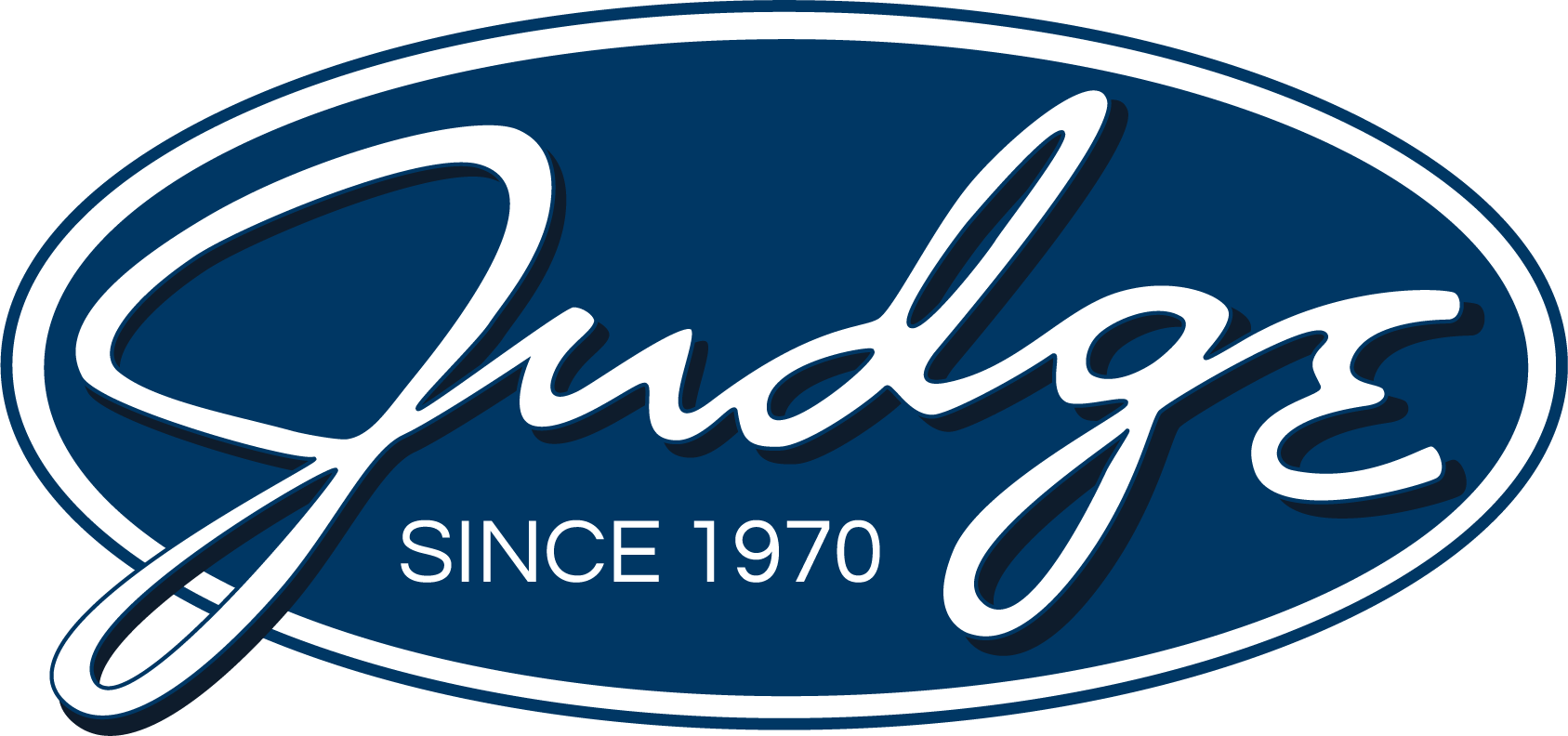Healthcare Burnout Trends: A Glimmer of Hope Amid Ongoing Challenges
The healthcare industry faces critical challenges, but recent data suggests a potential turning point. Our LinkedIn poll of over 1,000 healthcare professionals revealed that 61% consider burnout their primary concern, followed by workforce shortages at 25%. These statistics highlight an industry under significant strain.
Nevertheless, there’s cause for cautious optimism. The American Medical Association (AMA) reports that physician burnout rates have decreased for the first time in four years. While the crisis isn’t over, this shift indicates that efforts to address burnout are beginning to yield results.
In this article, we’ll explore the connection between burnout and workforce shortages, examine factors behind the recent positive shift, and discuss how healthcare organizations and recruiters can build on this momentum to create a more resilient workforce.
The Connection Between Burnout and Workforce Shortages
It’s crucial to understand that burnout and workforce shortages are intrinsically linked. When healthcare facilities are understaffed, the burden on existing employees increases. This leads to longer hours, increased stress, and eventually, burnout. In turn, burnout can lead to decreased job satisfaction and higher turnover rates, further exacerbating workforce shortages. It’s a vicious cycle that many healthcare organizations struggle to break.
Our poll results reflect this reality. While 61% cited burnout as their primary concern, the 25% who highlighted workforce shortages are likely experiencing or witnessing the direct impact of these shortages on burnout rates.
A Positive Shift in Burnout Trends
Despite these ongoing challenges, the tide may be starting to turn. According to the AMA’s national physician comparison report, physician burnout rates have fallen below 50% for the first time since 2020. In 2023, 48.2% of physicians reported experiencing at least one symptom of burnout, down from 53% in 2022 and a peak of 62.8% in 2021.
This decline is a significant milestone in the ongoing battle against physician burnout, suggesting that efforts to address the root causes are beginning to have an impact. Nancy Nankivil, director of organizational well-being at the AMA, notes, “This is moving in the right direction,” but there is still variation across organizations and demographics.
Positive Trends in Job Satisfaction and Stress Levels
The AMA report also revealed other encouraging trends:
- Job satisfaction among physicians improved from 68% in 2022 to 72.1% in 2023.
- The percentage of physicians experiencing a great deal of job stress decreased from 55.6% in 2022 to 50.7% in 2023.
- More physicians feel valued by their organizations, with 50.4% expressing they feel valued to a great extent or moderately in 2023, up from 46.3% in 2022.
These improvements, while modest, indicate that healthcare organizations’ efforts to support their staff and improve working conditions are having a positive effect.
The Role of Healthcare Recruiters in Addressing These Challenges
While these trends are encouraging, it’s clear that there’s still plenty of work to be done to combat burnout and workforce shortages in healthcare. This is where healthcare recruiters can play an important role.
Healthcare recruiters can help organizations ease the burden on their workforce in several ways:
- Efficient staffing: By quickly filling vacant positions with qualified candidates, recruiters can help reduce the workload of existing staff, minimizing burnout risks.
- Quality matches: Recruiters can find candidates who not only have the right skills but also fit well with the organization’s culture, leading to better job satisfaction and retention.
- Temporary staffing solutions: During peak periods or staffing shortages, recruiters can provide temporary or locum tenens professionals to alleviate immediate pressures.
- Market insights: Recruiters can offer valuable insights into market trends, competitive compensation, and benefits packages, helping organizations attract and retain top talent.
By partnering with a healthcare recruiter, organizations can take proactive steps to address workforce shortages and, by extension, reduce staff burnout. This can improve job satisfaction, boost patient care, and create a more stable, resilient healthcare workforce.
While challenges persist in the healthcare industry, recent trends offer a glimmer of hope. By prioritizing staff well-being, addressing workforce shortages, and leveraging the expertise of healthcare recruiters, we can work toward a healthier, more sustainable healthcare system for all.
Visit our website to learn more about The Judge Group’s healthcare talent and staffing services.




